A German startup developing what it calls the world’s first airborne counter-drone system has announced plans to expand into the United Kingdom as part of a growing defence technology presence.
Munich-based Alpine Eagle confirmed it has appointed a former Royal Navy aerospace engineer, Michael Golden, as its new UK Head amid growing interest in technologies that can counter the threat of cheap, disposable drones on the modern battlefield.
The announcement follows Alpine Eagle’s participation in Project Vanaheim, a Ministry of Defence-run trial designed to explore new methods for detecting and defeating uncrewed aerial systems (UAS). The exercise, conducted with UK and US military forces, comes amid a wider effort by NATO nations to adapt to drone-enabled warfare, driven in large part by lessons from Ukraine.
Alpine Eagle’s system, known as Sentinel, is designed to be mounted on airborne platforms and used to detect and track hostile drones. Unlike many existing ground-based counter-UAS systems, Sentinel operates air-to-air and is being pitched as a scalable solution for protecting critical infrastructure and deployed forces.
According to the company, the system has already been supplied to the German military and is aimed at filling what it describes as a persistent capability gap in counter-drone operations.
Golden, who also previously worked as a management consultant at McKinsey, said in a statement: “The UK and Europe face the same challenge, and the UK’s military strength and influence on the world stage mean that it must be an integral part of the solution. Any solution built has to be by Europe, including the UK, for Europe.”
The move comes as Germany and the United Kingdom deepen defence cooperation under a new bilateral pact signed this month. Alpine Eagle’s expansion also reflects growing investor confidence in European defence startups, with the firm recently securing £9 million in seed funding from IQ Capital and General Catalyst.
Alpine Eagle CEO Jan-Hendrik Boelens said the Ukraine conflict had prompted a rethinking of defence procurement and industrial policy. “By investing in local talent like Michael, developing strategic partnerships with local businesses and developing local manufacturing capacity, we’re committed to working with the UK as part of our wider mission to build European defence capabilities,” he said.
The company says it intends to establish a UK base not just for business development but also for manufacturing, research and future exports. Project Vanaheim is one of several initiatives under the UK’s new Strategic Defence Review aimed at accelerating adoption of digital and autonomous technologies.


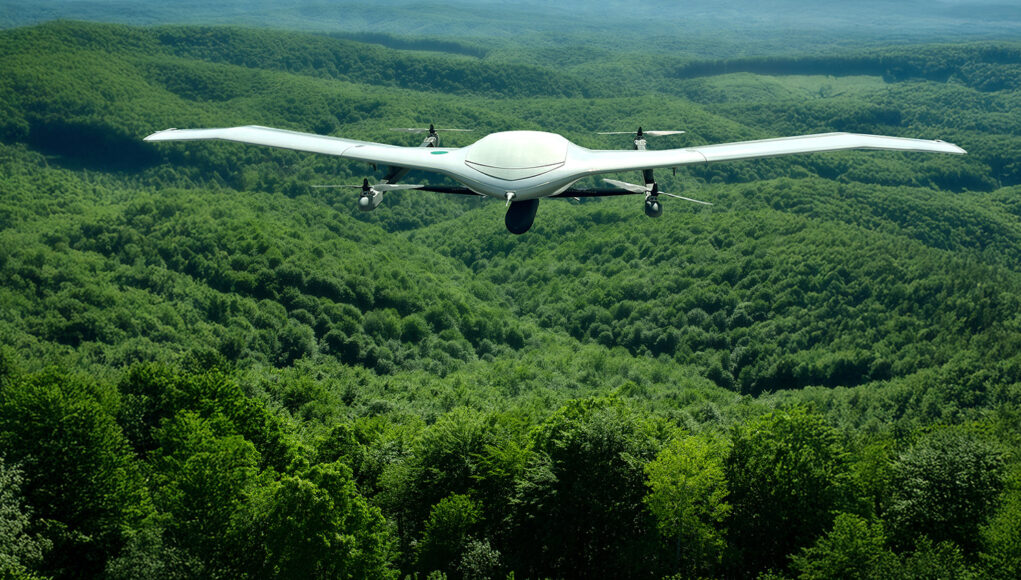
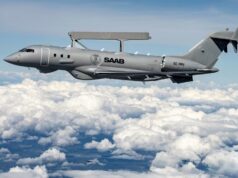
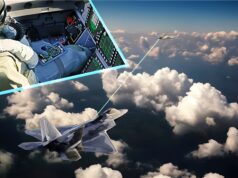
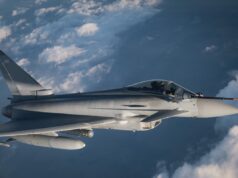
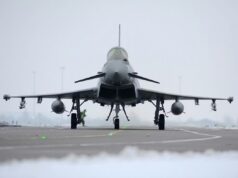
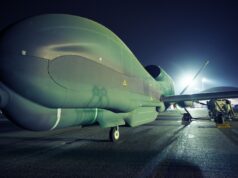

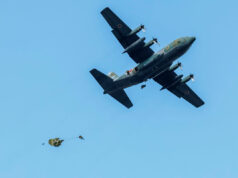


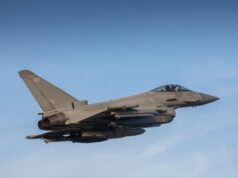

Drones come in different sizes and configurations, from small quadcopters to jet powered aircraft/missile-like designs
So, which types is Alpine Eagle meant to counter?
The smaller and simpler the drone, the simpler(and cheaper) the counter-measure should be.
I have looked at the PteroDynamics Transwing concept. This is a family of VTOL drones (P4 and P5), where the wings fold down either side of the fuselage. Thereby turning the highish aspect ratio wing with a pair of electric motors and propellers under each wing into a pseudo quadcopter. The advantages of this concept is that you don’t require additional motors/propellers for vertical take off and landing, much like the image of the drone above.
PteroDynamics have a number of working demonstrators, showing the aircraft taking off in quadcopter mode then transitioning to forward flight, where the wings unfold to their forward position, doing a “mission” then returning and transitioning back to quadcopter mode to land. Again the advantage of this drone is in forward flight, there are no additional unused motors (weight) or propellers (drag), so the aircraft will have a much greater duration.
Looking at their press releases, they are doing lots of demonstrations to various militaries, with the Australians being the latest. But I don’t believe anybody is taking them on. Which I feel is a great shame, as this aircraft has demonstrated it has has greater performance than an equivalent weight VTOL drone.
Weren’t there tests aboard us LCSs? I remember footage of their smallest drone taking off from a QR code looking thing on the deck.
How much could that sort of thing be scaled? I think the Pterodynamics team had manned eVTOL as the pipe dream, but could it do so sonobuoy dropping etc?
I remember pushing their concepts here last year, they were certainly testing them off the East coast of the US back then from flat tops and for some reason I thought they tested one on the PofW but don’t quote me, but certainly uk personnel were checking them out back then. Must admit haven’t checked in with them since but certainly seems to be an excellent design if it works as well as it looks in reality.
A “Golden” age has begun.
It had to come though. Anti Drone drones are the logical step, next will come the anti anti drone drone, followed by the anti anti anti drone drone drone, I’m wondering what “Serious Blone” will make of all this ?
I don’t want to drone on about it.
Thanks for making me smile…
CR
You sound like you would be an ideal committee member, the anti drone race starts to look like who can discover the highest prime number and not wanting to vomit till they find the ultimate.
I guess though it was supposed to be commit ‘vomit’ sums it up even better.
I would make a “Fine upstanding Member”.